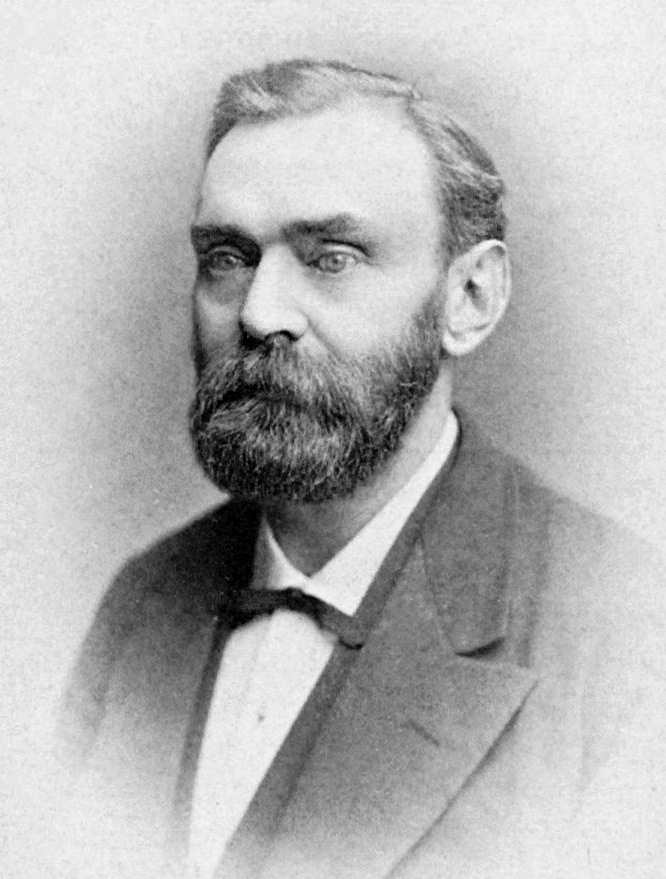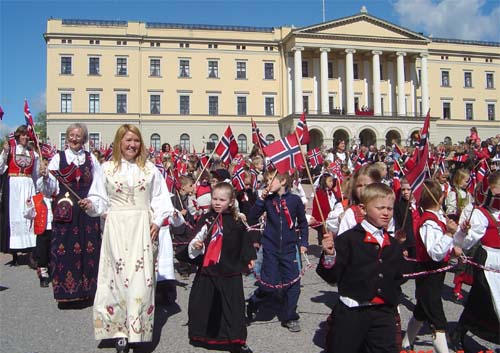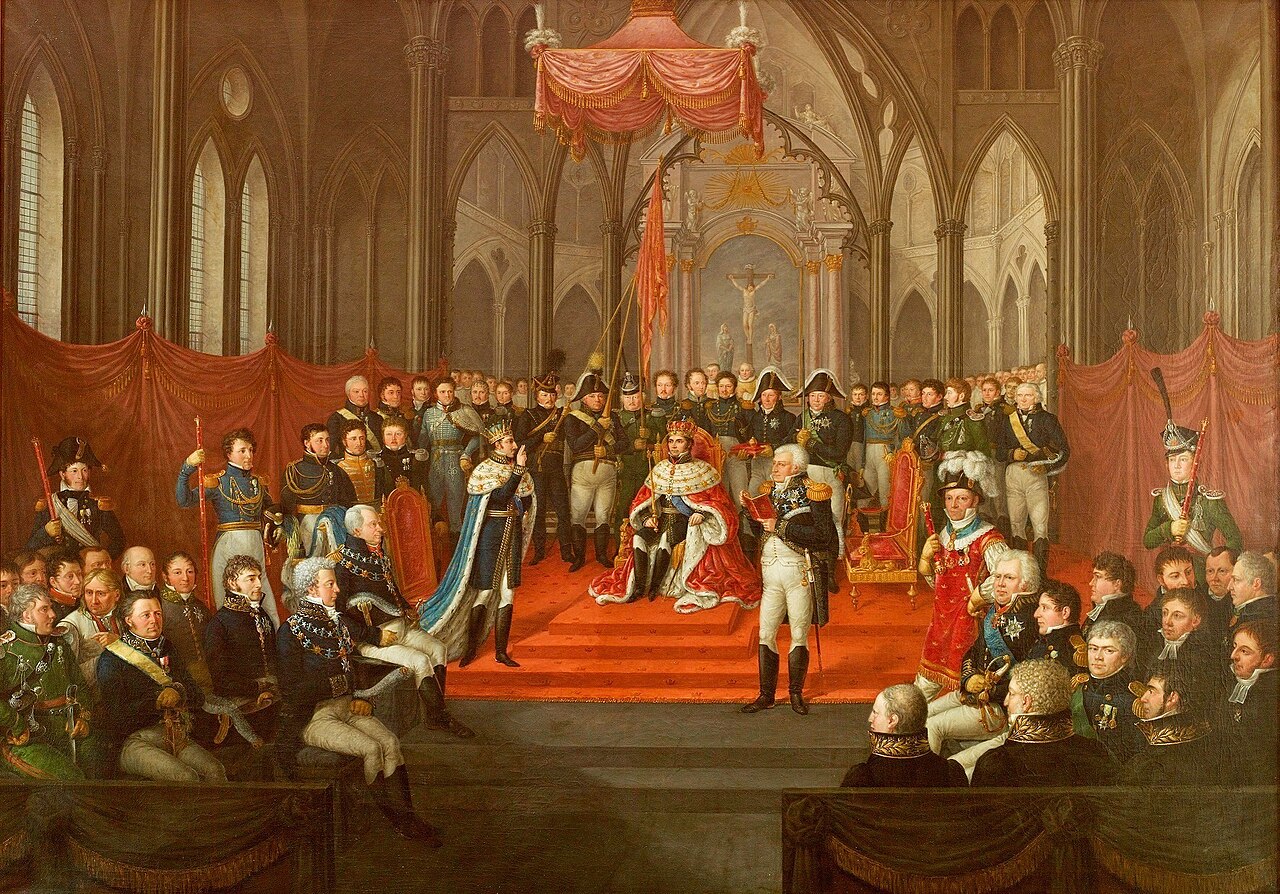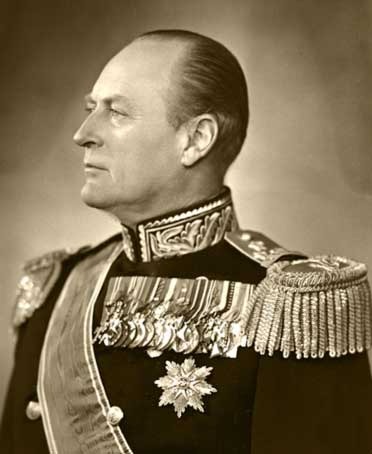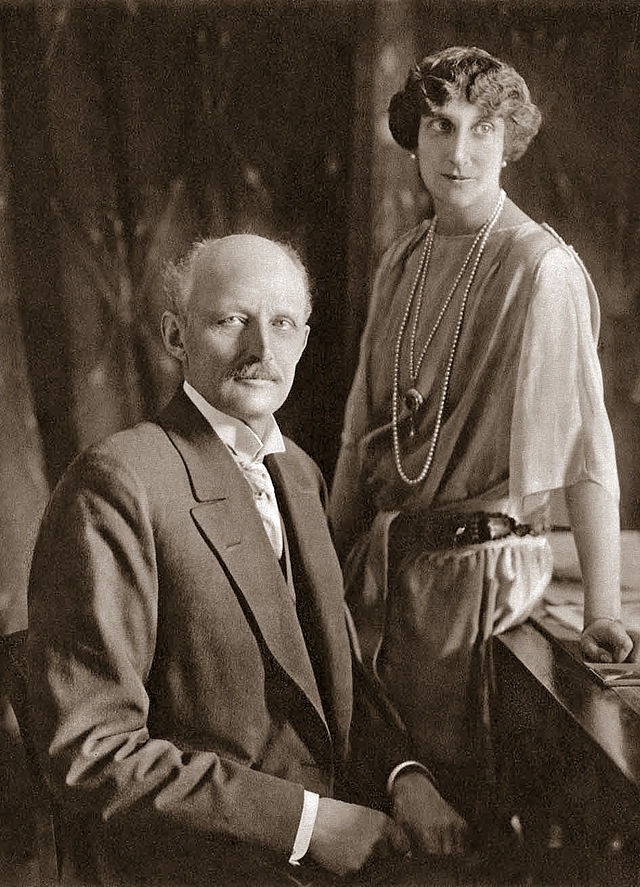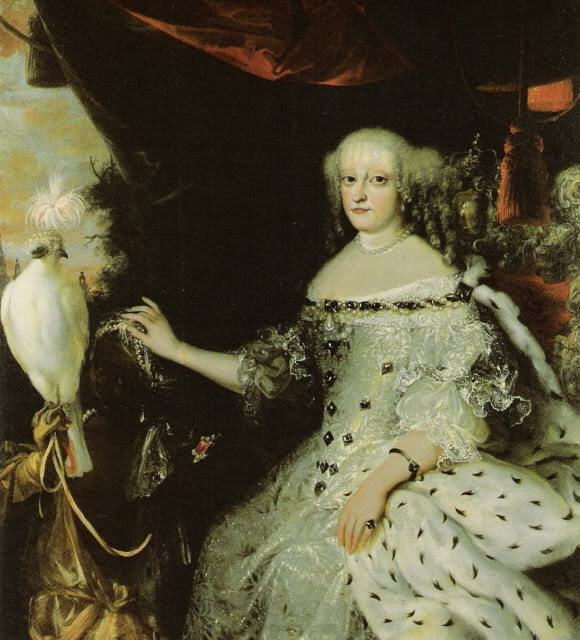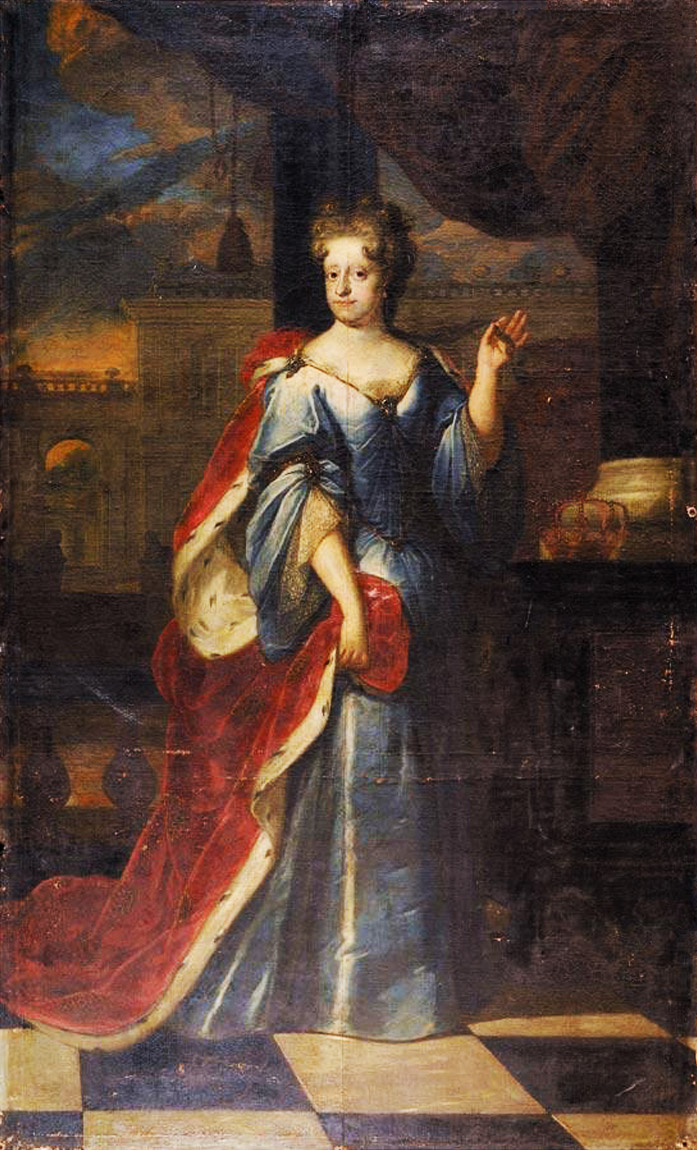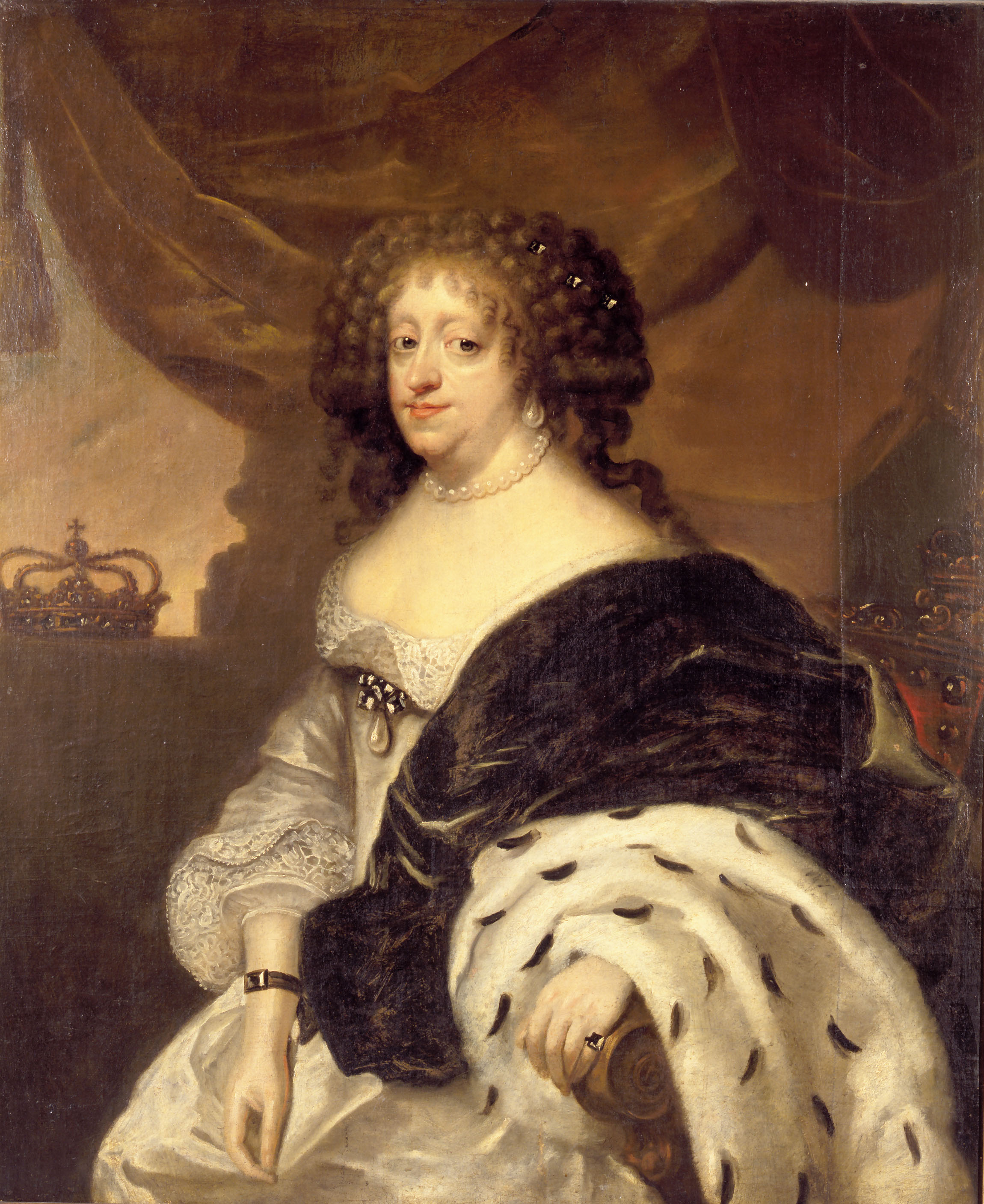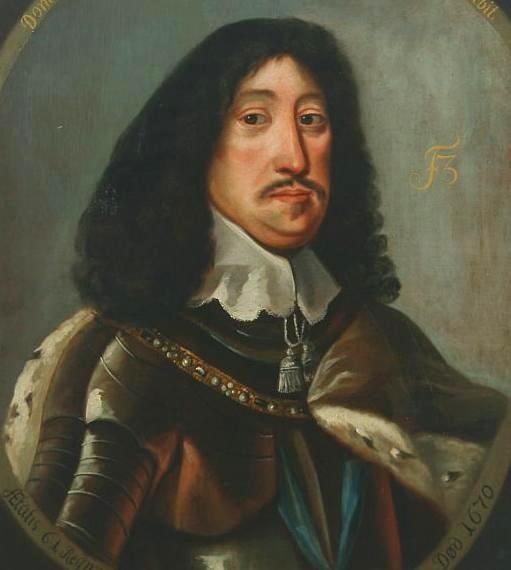by Susan Flantzer
© Unofficial Royalty 2025

Akershus Fortress; Credit – By Ghirlandajo – Own work, CC BY-SA 4.0, https://commons.wikimedia.org/w/index.php?curid=42021733
Note: Denmark, Sweden, and Norway were ruled together under one monarch (Kalmar Union) from 1397 until 1523 when Sweden seceded and became its own kingdom. From 1450 to 1814, Denmark and Norway were in a union of the Kingdom of Denmark-Norway. From 1814 – 1905, Norway and Sweden were in a personal union of separate kingdoms under a common monarch. In 1905, Norway withdrew from the union and became its own kingdom.
History of the Akershus Fortress
Akershus Fortress, which this writer has visited, was built as a royal residence and a fortress to protect the city of Oslo. Although it is no longer a royal residence, the Royal Mausoleum at the Akershus Fortress is the burial place of several Norwegian royals, including the two most recent deceased monarchs and their spouses. Akershus Fortress is still a military fortress under a commander. The Norwegian Ministry of Defence has its headquarters at the fortress. After the terrorist attacks on July 22, 2011, the Prime Minister’s Office has been located in the Armed Forces Command Building at Akershus Fortress. His Majesty The King’s Guard has permanent sentry duty at Akershus Fortress and is responsible for guarding the fortress.
The name Akerhus comes from the Old Norse ákr, which means field, and hus, which means house. Aker was originally the name of the farm on the isthmus where the fortress was built. Akershus Fortress’ construction began around the late 1290s by King Haakon V of Norway. After Norwegian nobleman Earl Alv Erlingsson of Sarpsborg attacked Oslo in 1287, it became clear that a stronger defense of the city was needed.

Akershus Fortress in the Middle Ages; Credit – Wikipedia
Akershus Fortress has successfully survived all sieges, mostly by Swedish forces, including King Karl XII of Sweden who invaded Norway in 1716 with a force of 7,000. He occupied the capital of Christiania, as Oslo was then known, and laid siege to the Akershus Fortress. However, King Karl XII did not have enough siege cannons to defeat the Norwegian forces inside the fortress. He was forced to retreat after a significant loss of soldiers and weapons.
Although Akershus Fortress has never been successfully besieged, it surrendered without combat to Nazi Germany in 1940 when the Norwegian government evacuated Oslo after unprovoked German attacks on Denmark and Norway. During the Nazi occupation, people were executed at the fortress by the Germans. After the fortress was liberated in 1945, eight Norwegian traitors who were tried and convicted of war crimes were executed at the fortress including Vidkun Quisling and Siegfried Fehmer.
King Haakon V of Norway (reigned 1299 – 1319) and his wife Euphemia of Rügen began to use Akershus Fortress as a royal residence which played a significant role in moving the capital of the Kingdom of Norway from Bergen to Oslo in 1300. Others who lived at Akershus Fortress during the Middle Ages include Princess Ingeborg, daughter of King Eric II of Norway, and Margrethe of Denmark, the future Queen Margrethe I of Denmark, Norway, and Sweden. After her marriage in 1363 to eighteen-year-old King Haakon VI of Norway, ten-year-old Margrethe of Denmark, lived primarily at Akershus Fortress in Oslo. Margrethe was too young for the marriage to be consummated. Her governess was Swedish noblewoman Merete Ulvsdatter, a daughter of Saint Birgitta of Sweden. Margrethe was raised with Merte Ulvsdatter’s daughters Ingegerd and Katrine, who became her closest friends. She spent her time getting acclimated to Norway and preparing for her duties as Queen Consort. Her only child Olaf II, King of Denmark/Olaf IV, King of Norway was born at Akershus Fortress.
On August 17, 1624, a fire began in Oslo, lasting for three days and destroying almost the entire city. Following the 1624 fire, King Christian IV of Denmark and Norway decided to rebuild the city with better protection against fire and relocate it closer to Akershus Fortress. King Christian IV came to Oslo to oversee his plan. On September 27, 1624, Christian IV’s new city was officially founded and named Christiania in his honor. In 1925, the city returned to its former name, Oslo.
During the city’s reconstruction, Akershus Fortress was modernized and remodeled, giving it the appearance of a Renaissance castle with bastioned ramparts. Until the beginning of the 19th century, Akershus Fortress was used as a royal palace with new towers, halls, chambers, and gates added over the years.
Because Norway was in unions with Denmark and/or Sweden over the years, the kings moved around to their kingdoms. When the king was absent from Norway, Akershus Fortress was the seat of the Steward of Norway who acted as the head of the government during the monarch’s absence.
The ongoing restoration work on Akershus Fortress was extensive and lasted from the turn of the century until 1960. In the early years, the restoration concentrated on repairing basic damage to walls, basements, floors, and roof structures. In 1929, Norwegian architect Arnstein Rynning Arneberg began serving as the executive restoration architect in collaboration with other architects. Major renovations and maintenance work continued until completion in 1960, only interrupted by World War II in 1940 – 1945. Since the restoration, Akershus Fortress has been used frequently as the venue for official events and dinners for dignitaries and foreign heads of state.
The Royal Mausoleum
With a few exceptions, burial sites and/or remains of Norwegian monarchs before 1380 have disappeared. Nearly all Norwegian monarchs between 1380 and 1905 are buried in other countries. During this period, Norwegian monarchs were also monarchs of Denmark and/or Sweden and were buried at Roskilde Cathedral in Roskilde, Denmark; Riddarholmen Church in Stockholm, Sweden; St. Peter’s Cathedral in Schleswig, Germany; and St. Mary’s Church now in Darłowo, Poland.
Within the walls of the Akershus Fortress is the Royal Mausoleum, a small burial chapel designed by Norwegian architect Arnstein Rynning Arneberg and completed in 1948. An altar designed by Norwegian artist Henrik Sørensen is in a niche. Before I visited Akershus Fortress, I could tell from photographs that the Royal Mausoleum was small, but when I visited, I was surprised at just how small it was. One could have walked right past it and not even noticed it.

White tomb of King Haakon VII and Queen Maud on the left and green tomb of their son King Olav V and his wife Princess Märtha of Sweden, Crown Princess of Norway on the right; Photo Credit – © Susan Flantzer
In the mausoleum behind a gate are two sarcophagi. King Haakon VII of Norway (1872 – 1957) and his wife Queen Maud of Norway (1869 – 1938) are interred in the white sarcophagus and their son King Olav V of Norway (1903 – 1991) and his wife Crown Princess Märtha of Norway, Princess Märtha of Sweden (1901 – 1954), who died before her husband became king, are interred in the green sarcophagus. Arnstein Rynning Arneberg designed both sarcophagi.
The remains of King Sigurd I of Norway (circa 1090 – 1130), originally buried at the Old Cathedral in Oslo, King Haakon V of Norway (1270 – 1319), the original builder of Akershus Fortress, and his second wife Queen Euphemia (circa 1280 – 1312), both originally buried at St. Mary’s Church in Oslo, were transferred from their original burial places to the Royal Mausoleum where they are interred in crypts in the wall outside the Royal Mausoleum.

The grave marker of King Haakon V of Norway and his second wife Queen Euphemia; Photo Credit – © Susan Flantzer
Other Areas of Akershus Fortress
Akershus Fortress is an impressive structure, inside and outside. Here are some photographs of the interior.

Olav V Hall: Probably the location of the Great Hall of the medieval castle; Photo Credit – © Susan Flantzer

Margrethe Hall: Named for Margrethe I, Queen of Denmark, Norway, and Sweden – In the Middle Ages, it was the primary living room for the court. Photo Credit – © Susan Flantzer

Romerike Hall: Named for the Romerike peasants who repaired this wing after a fire in 1527. In the 17th century, the Steward of Norway had offices here. Today the Romerike Hall is used for official banquets. Photo Credit – © Susan Flantzer
This article is the intellectual property of Unofficial Royalty and is NOT TO BE COPIED, EDITED, OR POSTED IN ANY FORM ON ANOTHER WEBSITE under any circumstances. It is permissible to use a link that directs to Unofficial Royalty.
Works Cited
- Akershus Fortress. (2023). Wikipedia. https://en.wikipedia.org/wiki/Akershus_Fortress
- Bidragsydere til Wikimedia-projekter. (2006). Akershus slot. Wikipedia.org; Wikimedia Foundation, Inc. https://da.wikipedia.org/wiki/Akershus_slot
- Bidragsytere til Wikimedia-prosjektene. (2004). bygningskompleks i Oslo. Wikipedia.org; Wikimedia Foundation, Inc. https://no.wikipedia.org/wiki/Akershus_slott_og_festning
- Discover Kvadraturen | Discover the Square. (2024). Discover Kvadraturen. https://www.oppdagkvadraturen.no/en/
- Visitor Guide Akershus Castle. (2022). Digitaltmuseum.no. https://digitaltmuseum.no/0211811930788/visitor-guide-akershus-castle







